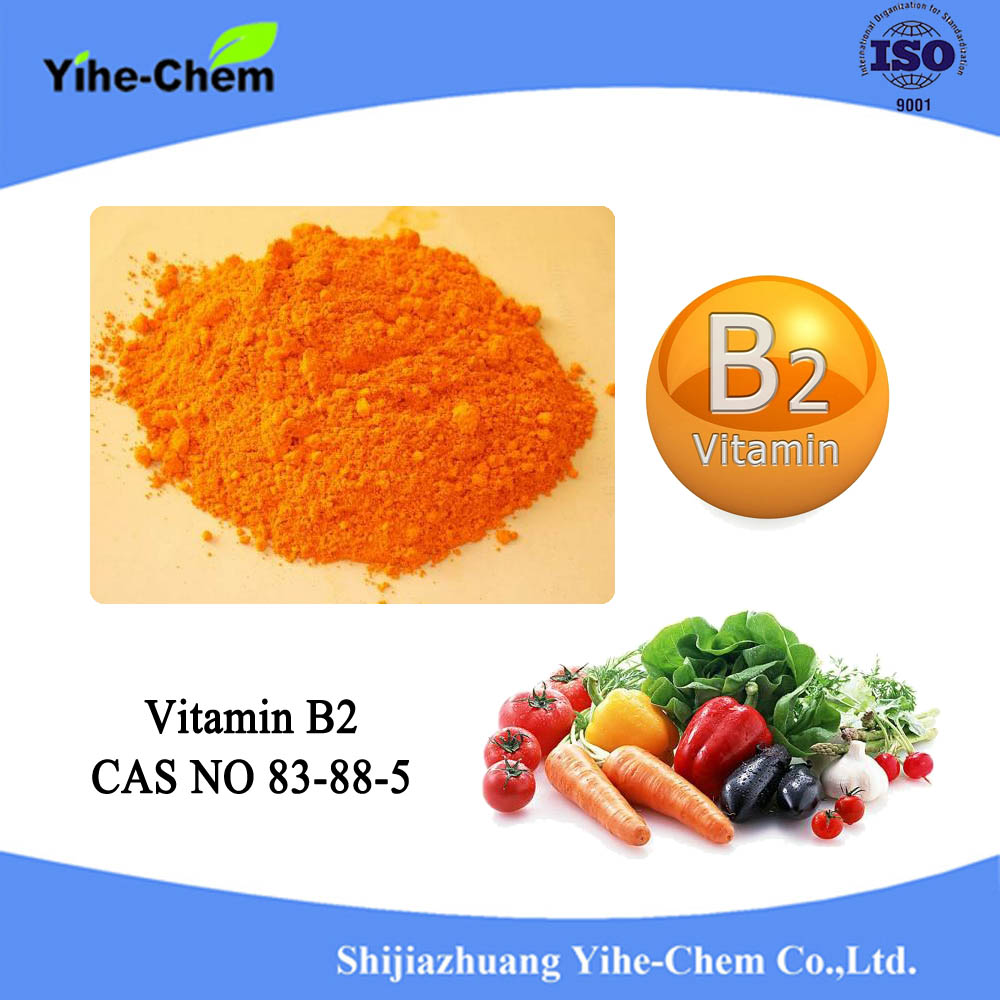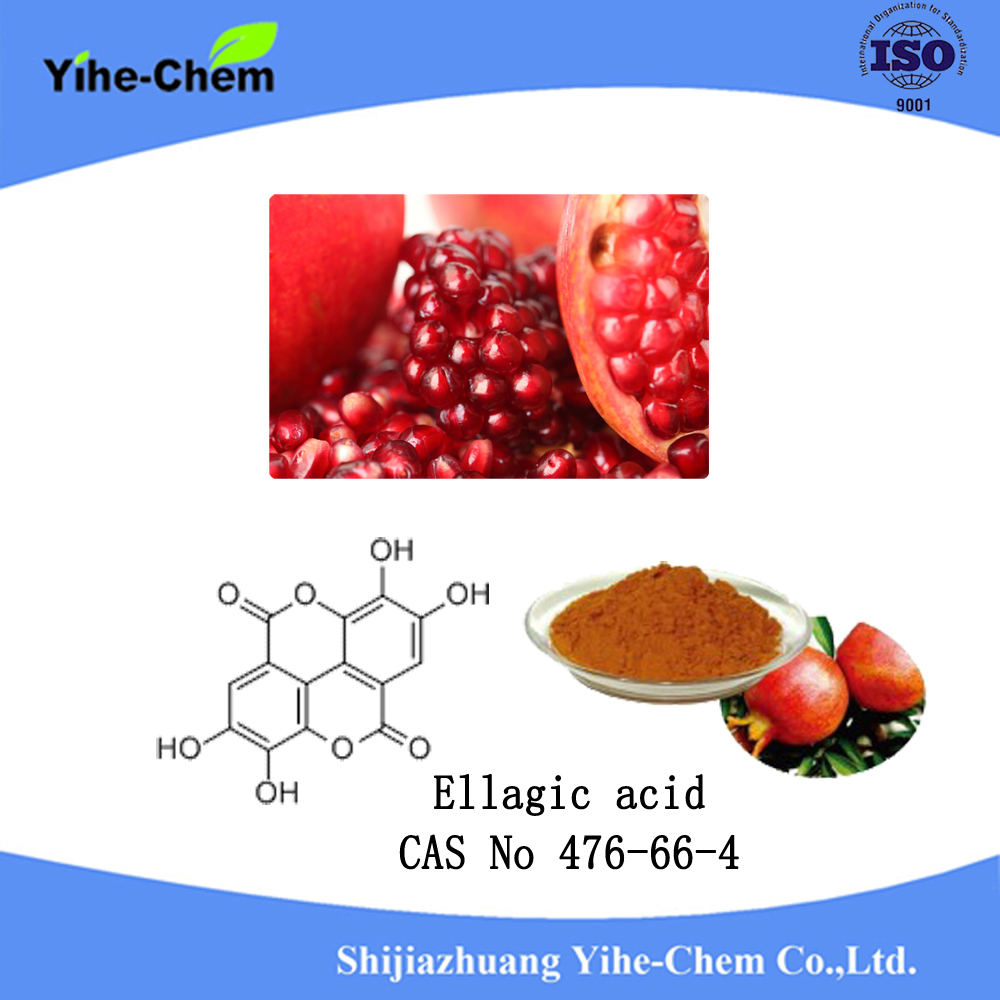On September 8th, "Nature" magazine published the results of Han Bin's Research Group of the National Institute of Plant Physiology and Ecology, the Institute of Plant Physiology and Ecology of the Chinese Academy of Sciences, and the research team of Huang Xuehui and the Yang Shihua Research Group of the China National Rice Research Institute. The full-genome analysis entitled "Heterosis of yield traits in rice" revealed the heterozygous genomic structure of hybrid rice. This is another major achievement of China in the basic theory and application of rice.
In this study, more than 10,000 "offspring" of 17 representative genetic "family" groups were collected for the collection of 1495 hybrid rice "family" families. Genomic analysis and field yield traits were investigated using large samples. , Big Data, comprehensive utilization of the latest technologies in the field of genomics, quantitative genetics, and computational biology, comprehensively and systematically identified dozens of major gene loci that control the heterosis of rice, locating more than 400 genes at a time. At the "ethnic group."
The research results further show that the performance of heterosis in rice is determined by these genetic loci. In the crossbreeding group, these clusters of gene loci generate a new combination of genotypes, and the ideal combination of various factors such as flowering time, plant type, and yield of the rice is efficiently achieved in the hybrid generation, as in the case of travel. The "Navigator". The results of this study shed light on the genetic mechanism of rice heterosis, which is of great significance in promoting the practice of accurate molecular design breeding of hybrid rice and conventional rice.
Using this research result, researchers are expected to further optimize the hybridization and improvement of rice varieties, and to select more germplasm resources with high yield, high quality, and multi-resistance. “Now each generation of crossbreeding takes eight years, and the genomic technology that uses this result will only take 3-5 years to develop,†said Han Bin.
A pharmaceutical drug (also referred to as a pharmaceutical, pharmaceutical preparation, Pharmaceutical Product, medicinal product, medicine, medication, medicament, or simply a drug) is a drug used to diagnose, cure, treat, or prevent disease.
Ticagrelor
4-Pyridinebutanol
4,4,5,5,5-Pentafluoro-1-pentanol
Abiraterone Acetate
Acetate2-(4-((2-(4-(trifluoromethyl)phenyl)-4-methylthiazol-5-yl)methylthio)-2-methylphenoxy)acetic acid
Alogliptin Benzoate
3,5-diiodo-L-thyronine
Paliperidone
Roflumilast
Andarine(s4)
Vitamin D3
Vitamin B2
Sodium phosphate dexamethasone
Choline Dihydrogen Citrate
Cytidine 5-monophosphate
Cytidine
Calcium citrate Tetrahydrate
Calcium carbonate
Magnesium Citrate
Arabinofuranosylcytosine, hydrochloride
Lanolin Anhydrous
Uridine
L(+)-Choline bitartrate
DL-choline bitartrate
Betaine citrate
Magnesium Ascorbate Monohydrate
Ascorbyl Palmitate
Ellagic acid
Ostarine
L(+)-DMAE Bitartrate
Coenzyme Q10
Para Amino Phenol
5a-hydroxy Laxogenin


Pharmaceutical Product
Vitamin B2,Riboflavin Powder,Vitamin B2 Riboflavin
shijiazhuang yihe-chem co.,ltd , https://www.yihe-chem.com
![<?echo $_SERVER['SERVER_NAME'];?>](/template/twentyseventeen/skin/images/header.jpg)